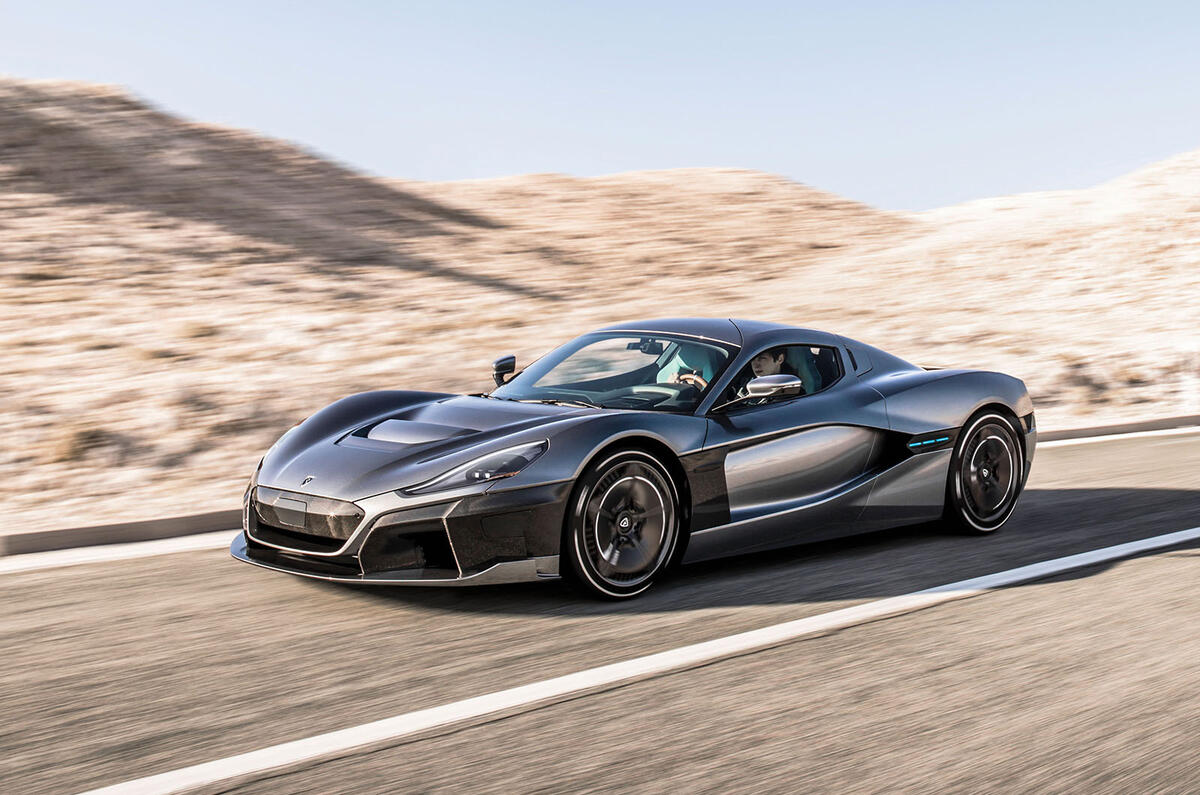Rimac has confirmed that its second electric hypercar, a production version of the C_Two concept, is on track for customer deliveries in 2021.
Rimac revealed the C_Two at Geneva motor show in March 2018. Shortly after, head of sales Kreso Coric told Autocar that the production model was close to being sold out, with nearly all 150 examples already spoken for.
The final production car was due to be revealed at Geneva motor show in March, but following the cancellation of the show due to coronavirus, Rimac has now confirmed that the final model and official name will be announced later this year.
In the UK, the car will be sold through the London-based HR Owen dealer group, in a deal which was announced late last year. At the time, Rimac founder Mater Rimac said he would also open a research and development centre here because he “likes working with Brits” and regards the UK as home to Europe’s best, most pragmatic engineers.
UK cars will be delivered exclusively from a new £40 million HR Owen 'experience centre' in Hatfield, Hertfordshire that the group is building as an outlet for all of its luxury brands.

Ahead of its launch, Rimac has opened a new production facility in Veliko Trgovisce, Croatia, which it says will “accelerate the production of C_Two prototypes necessary for final validation and crash testing for worldwide homologation”. Production times will come down from ten weeks per car at the current 'nest production' site to five weeks, which will eventually allow the firm to build up to four production-spec cars per month.
Four prototypes of the C_Two have been completed, but an additional 13 are needed for crash testing and homologation purposes. Once this process is complete, Rimac will build 10 ‘pre-series’ cars, before the reveal later this year.








































Join the debate
Add your comment
Time machine next?
Might as well be, if cars accelerate any quicker it's us who will have to wear a G suit to counteract it!
What a motor!
"While some cars will go straight from the production line to the crash testing facility, others will be used for different validation tests before hitting the wall."
reader